Khussa Shoes has a rich history in the Indian sub-continent and even far beyond it. Its history dates back centuries and is deeply rooted in the cultural heritage of the subcontinent, predominantly in areas such as Pakistan, India, and some parts of Afghanistan. Although the exact ancestries of Khussa shoes are challenging to pinpoint, they are supposed to have developed and from prehistoric footwear styles that stayed an important part in the region for thousands of years.
Brief History of Khussa Shoes
The Traits of Khussa Shoes can be found from the ancient civilizations of Mughals, Persians, and Turks. They ruled Indian sub-continent directly or indirectly for centuries and made a prominent traditions and cultural impacts. These early shoes were simple in design, locally made from materials such as leather or suede, and crafted using old-style methods handed down through generations.
With time, Khussa shoes became opulently decorated and complicatedly embroidered footwear. Nowadays it is recognized as the art of refined embroidery. It reflects the skill of artisans making elaborated patterns and motifs using techniques such as zardozi, gota, and tilla work. The beauty of these shoes came from these embellishments and elegance to the shoes from these designers. Thus, making them highly valued and status symbols among the elite.
Indeed, there are many occasions in these regions where Khussa shoes became associated with. Especially on events like marriages and other ceremonies these shoes are worn as a sign of custom and culture. Often passed down through generations as family heirlooms, treasured for their craftsmanship and value.
In the modern ages, Khussa shoes even continue to hold cultural significance in the Indian subcontinent. It serves as a connection between the modern times and the rich history and heritage. From being only the part of rituals and events to daily fashion, Khussa shoes gained great popularity as fashionable footwear. Due to outstanding and stylish designs, they appeal to a broader audience around the world.
These shoes are categorized by their pointy toe design, complex embroidery, and slip-on style. Typically made from leather or suede and are often elaborated by ornamental features such as with beads, sequins, and etc.
Key features of Khussa shoes include:
Pointed Toe of Khussa Shoes:
It is one of the most distinctive features of Khussa shoes. These pointed-toe design produces a very unique and traditional look that is difficult to find in any other shoes. Additionally these pointed toe are also curved upward in a stylish curvature up to some length, depending on the regional design and specific style.
Intricate Embroidery:
Convoluted complex embroidery over these shoes is what they are known for. These designs are usually done on upper part of the shoe. It frequently contains elaborated patterns, motifs, and add-ons, which showcase the artistry of the maker.
Slip-on Style:
This is another benefit of these shoes. They are easy to wear in a slip-on, without laces or fastenings. As a result they provide convenience and relaxation for the wearer.
Comfortable Fit:
Due to soft leather these typically designed shoes are comfortable. Their pointed-toe shape is not an issue for the wearers. The suede molds to the shape of the foot over time are made in a way to ensure supportive fit.
Cultural Significance:
Khussa shoes have a cultural significance in the regions where they are worn. Habitually being linked with festivals and other special occasions. They are considered a symbol of heritage, and elegance, that passed down through generations to generations.
Overall, Khussa shoes are valued for their beauty, artistry, and ethnic worth. It serves as an important part of the cultural identity. Normally worn by both men and women and paired with traditional attire such as shalwar kameez in Pakistan and kurta pajama in India to add a touch of sophistication and style.
Designed and made?
Manufacturing and design of Khussa shoes normally involves many steps, containing pattern making, cutting, stitching, and embellishment. Below is an overview of how Khussa shoes are designed and made:
Pattern Making:
The process begins with creating a pattern. Through designing the shape and size of the shoe, including the pointed toe, heel, and sole. The pattern is regularly made from paper or cardboard and serves as a template for cutting the leather or suede.
Material Selection:
After pattern is finalized, the selection of material is considered to make a finniest khussa. Traditional they are made from high-quality leather or suede, due to their durability, flexibility, and comfort. The leather may be dyed in various colors to create different designs and styles.
Cutting of the shoes:
The selection leather or suede is then cut as per the pattern using cutting tools or machines. In this process an intensive Care is taken to ensure precise cutting to achieve the desired shape and size. Different parts are separately cut for e.g: the upper part, sole, and heel.
Stitching:
Another important part comes when the pieces of leather are stitched together to formulate shoe shape. Skilled artisans use specialized sewing machines or hand-stitching techniques to join the various parts of the shoe. The stitching is done cautiously for premium outcome.
Embellishment:
After the completion of basic structure of the Khussa shoe, it is often embellished with embroidery, beads, sequins, and other pretty elements. Traditional embroidery techniques are used by the skilled workers to create wonderful patterns and motifs on the shoe.
Finishing of Khussa Shoes:
After the basic styling, the Khussa shoe are sent for finishing process to refine its appearance and ensure quality. During this process leather is polished, extra threads are trimmed, and inspection of shoes is carried out to find any defect. Then they are finished and packaged ready for sell.

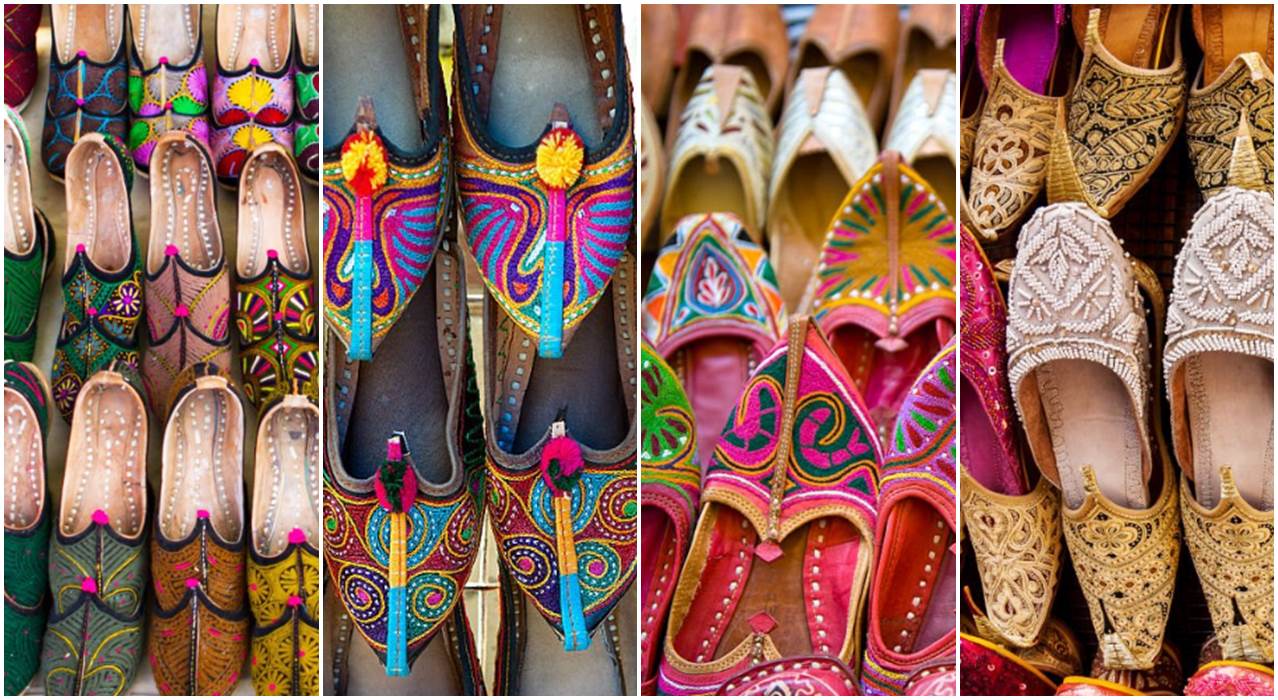
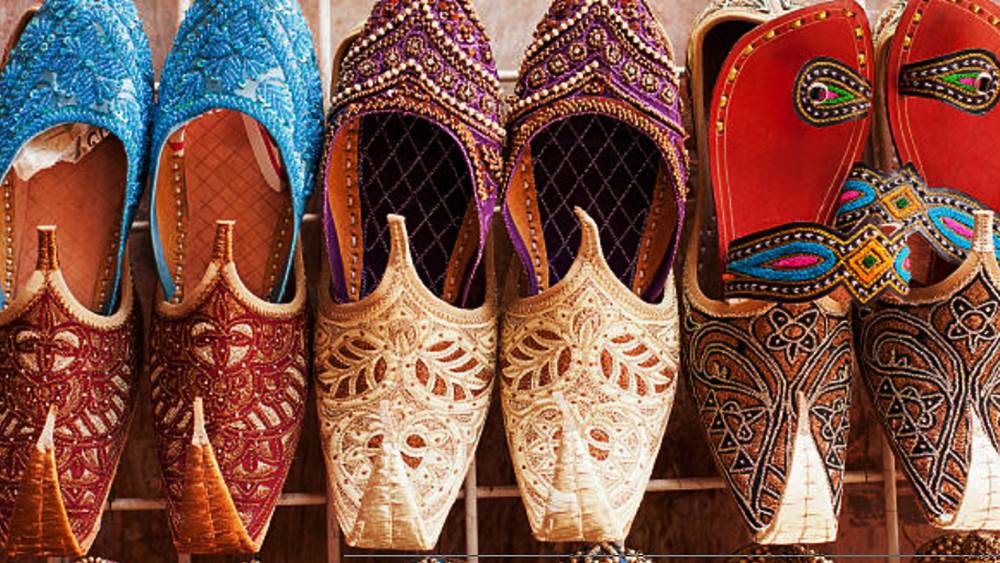
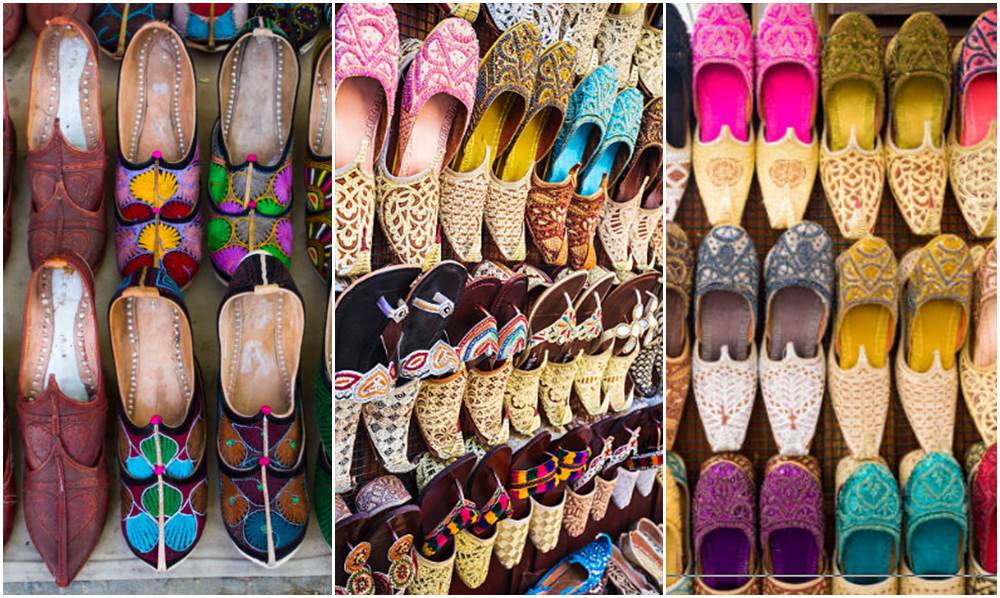
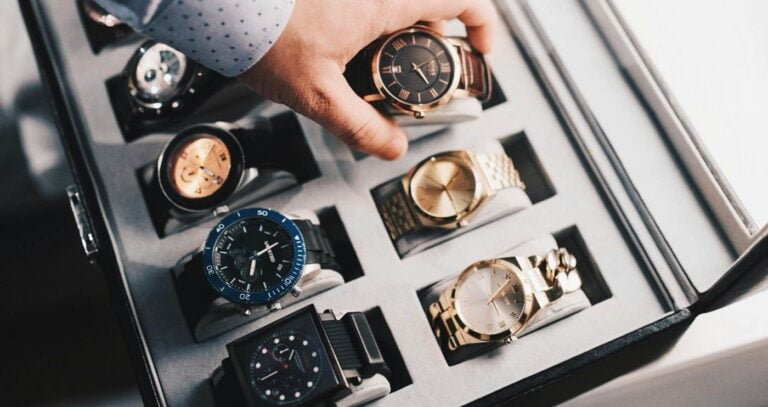

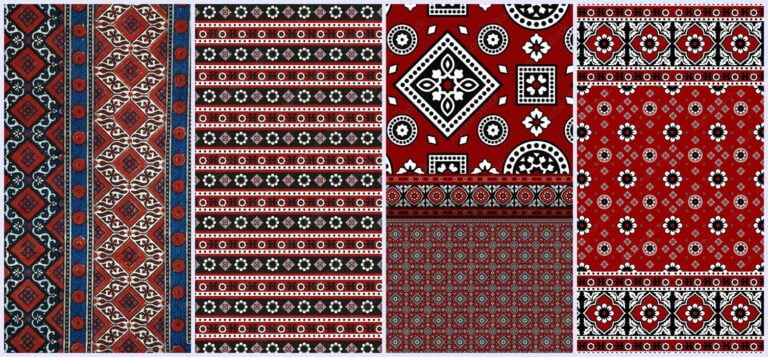

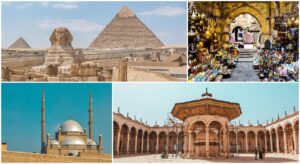



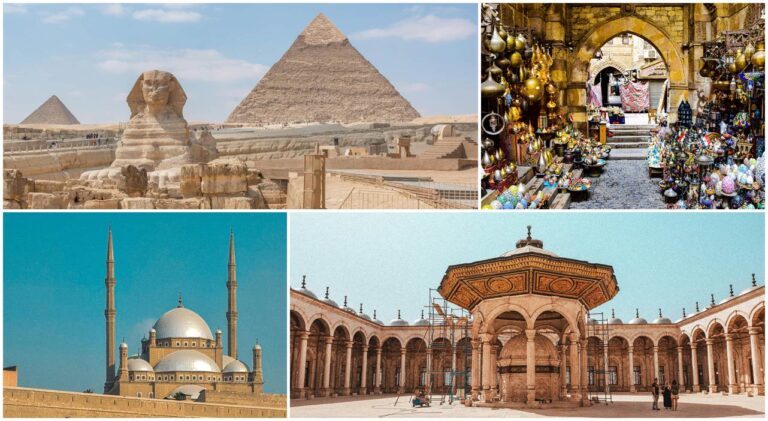
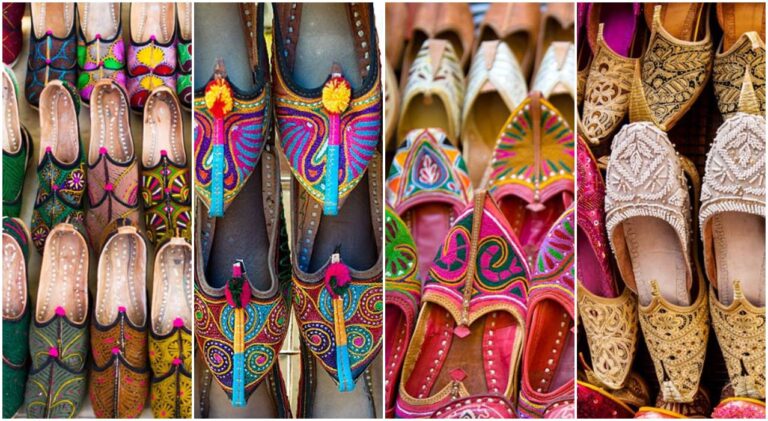
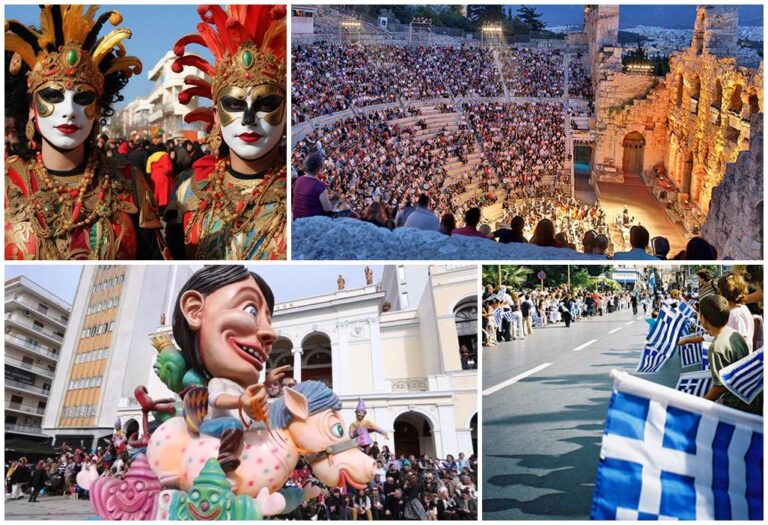
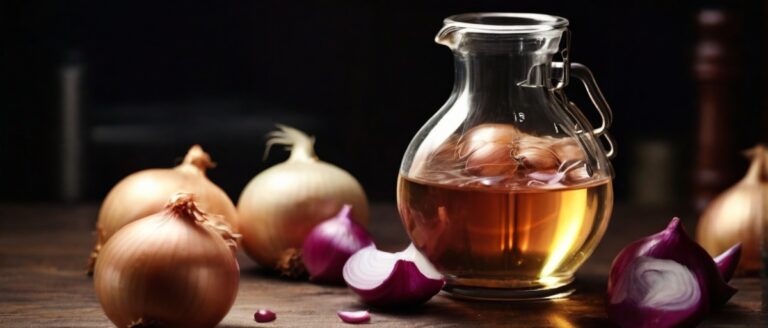
+ There are no comments
Add yours